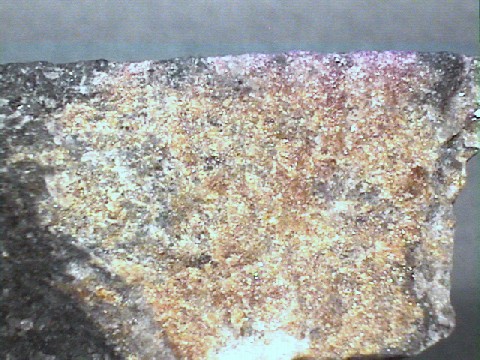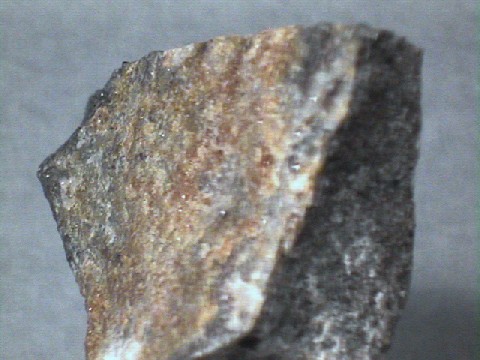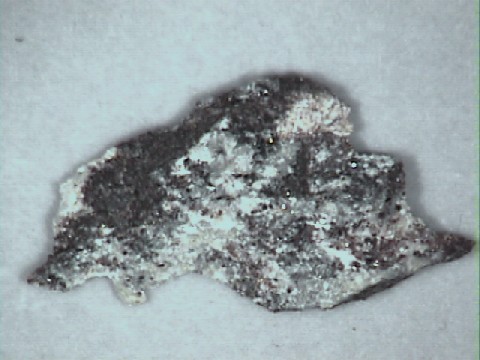 THE MINERAL HEDYPHANE
THE MINERAL HEDYPHANE
- Chemistry: Pb3Ca2(AsO4)3Cl , Lead Calcium Arsenate Chloride.
- Class: Phosphates
- Subclass: Arsenates
- Group: Apatite
- Uses: As a very minor ore of lead and as mineral specimens.
- Specimens
Hedyphane is named from the Greek which is loosely translated as
"pleasant appearance".
It was first described from the famous
Langban Mine in Varmland, Sweden where many unique and exotic minerals have been found.
Hedyphane is one of the uncommon members of the
Apatite Group of minerals; whose members include the much more common
apatites,
vanadinite,
pyromorphite and
mimetite.
PHYSICAL CHARACTERISTICS:
- Color is typically white, gray, bluish or yellowish, but can also be red-violet and green.
- Luster is greasy to resinous.
- Transparency: Crystals are translucent to transparent.
- Crystal System is hexagonal; 6 2 2
- Crystal Habits include generally massive or granular habits.
- Cleavage is poor in several directions, but rarely seen.
- Fracture is uneven.
- Hardness is 4.5
- Specific Gravity is approximately 5.8 - 5.9 (rather heavy for translucent minerals)
- Streak is white.
- Associated Minerals are richterite,
aegirine,
hematite,
svabite and
tilasite.
- Other Characteristics: Index of refraction is 1.95 (typically high for lead minerals).
- Notable Occurrences include the type locality at Langban Mine, Filipstad, Varmland, Sweden and other Varmland mines.
- Best Field Indicators are crystal habit, density, luster, color and locality.
 THE MINERAL HEDYPHANE
THE MINERAL HEDYPHANE




